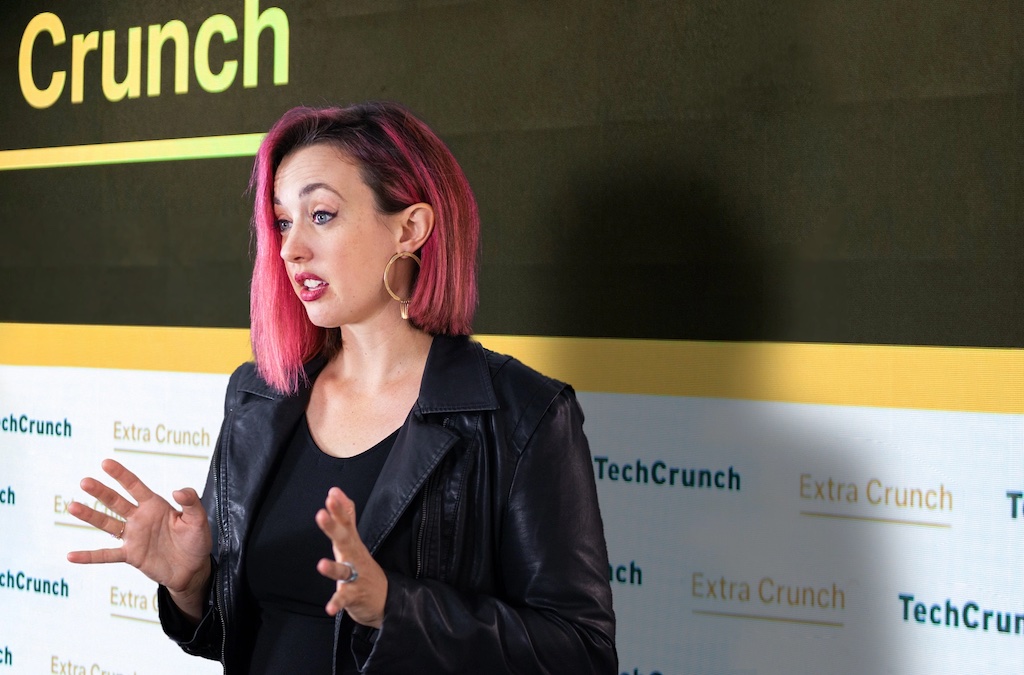Here’s another edition of “Dear Sophie,” the advice column that answers immigration-related questions about working at technology companies.
“Your questions are vital to the spread of knowledge that allows people all over the world to rise above borders and pursue their dreams,” says Sophie Alcorn, a Silicon Valley immigration attorney. “Whether you’re in people ops, a founder or seeking a job in Silicon Valley, I would love to answer your questions in my next column.”
TechCrunch+ members receive access to weekly “Dear Sophie” columns; use promo code ALCORN to purchase a one- or two-year subscription for 50% off.
Dear Sophie,
I’m the founder and CEO of a startup in Istanbul, and I’ve heard that articles in publications about an entrepreneur or a startup can be a big plus when applying for an O-1A or H-1B visa.
Is that true? Which publications are valid? Should they be tier-1 or in English? Thank you for your help!
— Tenacious in Turkey
Dear Tenacious,
Thanks for reaching out to me with your questions! It’s a great time to start putting your immigration plans into motion before the immigration fee increases go into effect.
Keep in mind that both the O-1A and H-1B, like most other work visas, require a U.S.-based employer sponsor or agent.
Alternatives to the H-1B and O-1A
Before I answer your questions, there are two other visas you should also consider, particularly if your startup is not yet set up to do business in the U.S.
If you have been working for your startup for at least one year, you may want to consider an L-1A visa for an intracompany transferee executive or manager. With an L-1A, you can come to the U.S. to open an office for your startup.
Unlike the H-1B or O-1A, the L-1A has few eligibility requirements. It offers a maximum stay of seven years and a direct path to a green card: The EB-1C green card for a multinational executive or manager.
Another option is the E-2 visa for treaty investors, which is a great option for international founders whose home country has a trade and commerce treaty with the U.S. The U.S. Department of State maintains a list of treaty countries, which includes Turkey. The E-2 enables an international founder to live and work in the United States.
Check out this previous Dear Sophie column in which I discuss the pros and cons of both the L-1A and E-2.

Image Credits: Joanna Buniak / Sophie Alcorn (opens in a new window)
Now, let’s explore how an article in a publication can help you on your journey to the U.S.
Publications
Being featured in a publication is one of the qualifying criteria for the O-1A extraordinary ability visa. However, it’s not a requirement at all for the H-1B specialty occupation visa.
In many respects, getting an H-1B visa is based on luck, as you have to enter an annual lottery. The sponsoring employer also has to meet certain basic requirements, including:
- Offering a job that requires specialized knowledge and at least a bachelor’s degree or equivalent.
- Registering the H-1B candidate for the annual lottery in March.
- Promising to pay the visa beneficiary the prevailing wage based on the job and location.
- Attesting that hiring the visa candidate will not negatively impact the wages and work conditions of American workers.
Dear Sophie: Will published articles better my odds of getting an O-1A or H-1B visa? by Ram Iyer originally published on TechCrunch















 English (US) ·
English (US) ·